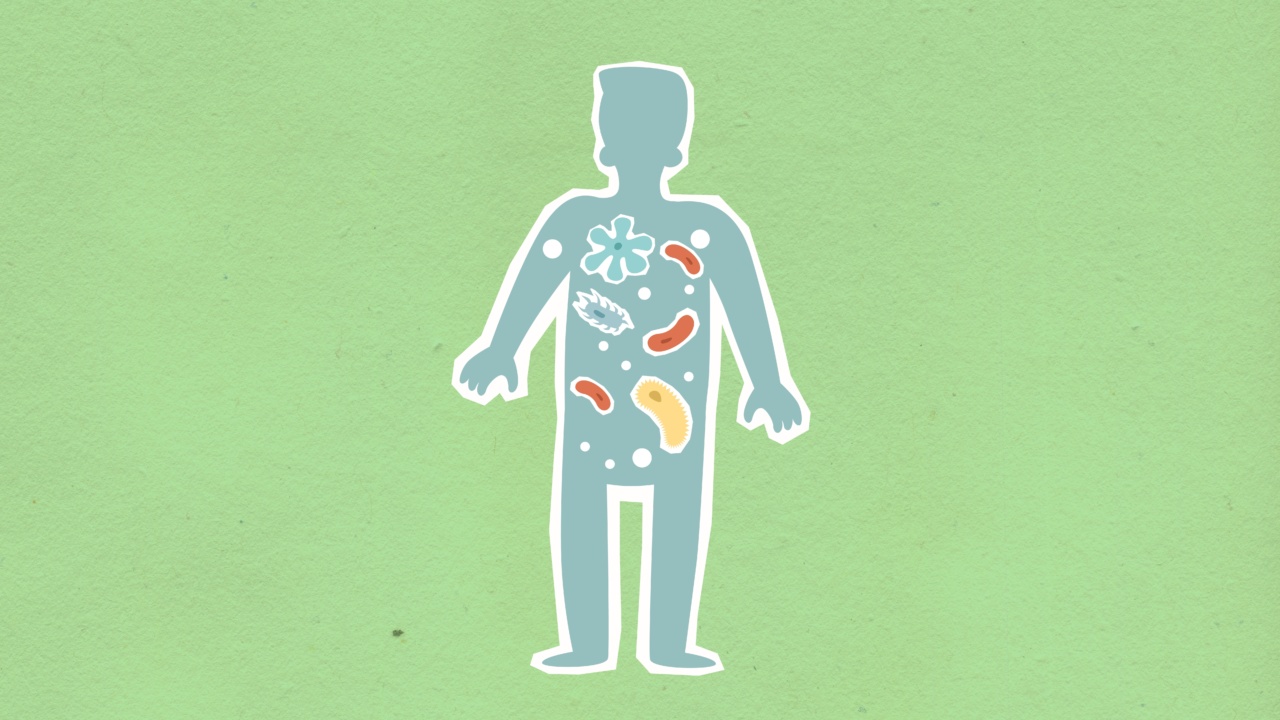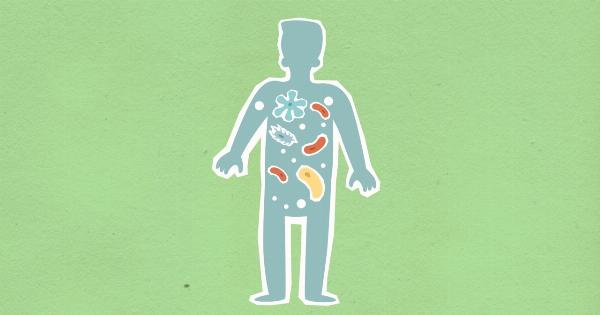Hematopoietic cell grafts, also known as stem cell transplants or bone marrow transplants, are life-saving procedures used to treat various hematologic malignancies, immune disorders, and genetic diseases.
These grafts involve the transplantation of hematopoietic stem cells, which can differentiate into different types of blood cells, helping to restore and rebuild the patient’s immune system. The success of hematopoietic cell grafts largely depends on the collection techniques used to obtain the stem cells. Here, we will explore some of the most commonly employed collection techniques for hematopoietic cell grafts.
1. Bone Marrow Harvesting
Bone marrow harvesting is one of the oldest and most widely used techniques for collecting hematopoietic stem cells. It involves the direct extraction of bone marrow from the donor’s iliac crest or other bones rich in hematopoietic stem cells.
The procedure is typically performed under general anesthesia. A needle is inserted into the bone, and a syringe or vacuum is used to aspirate the bone marrow.
2. Peripheral Blood Stem Cell Collection
Peripheral blood stem cell (PBSC) collection is a less invasive procedure compared to bone marrow harvesting. It involves the administration of mobilizing agents, such as granulocyte-colony stimulating factor (G-CSF), to the donor.
G-CSF stimulates the release of hematopoietic stem cells from the bone marrow into the bloodstream. The donor’s blood is then drawn through a process called apheresis, where the blood is passed through a machine that separates the stem cells from other blood components, and the remaining blood is returned to the donor.
3. Umbilical Cord Blood Collection
Umbilical cord blood collection involves the collection of stem cells from the umbilical cord and placenta after childbirth. The collection process is non-invasive and poses no risks to the mother or the newborn.
The cord blood is collected using a syringe or a bag, and then stored in a cord blood bank for future use. Umbilical cord blood is rich in hematopoietic stem cells and has been used as an alternative source for hematopoietic cell grafts, especially in pediatric patients.
4. Haploidentical Stem Cell Collection
Haploidentical stem cell collection is a technique used when a fully matched donor is unavailable, and the patient’s haploidentical (half-matched) family member serves as the donor.
In this technique, the donor undergoes hematopoietic stem cell mobilization, similar to PBSC collection. The collected stem cells are then subjected to ex vivo purification and depletion of T-cells, which may cause graft-versus-host disease (GVHD).
This technique allows for a larger pool of potential donors, expanding the chances of finding a suitable match for the patient.
5. Bone Marrow Aspiration
Bone marrow aspiration is a procedure used to extract a small sample of bone marrow for diagnostic purposes or stem cell evaluation.
It involves the insertion of a needle into the bone marrow cavity, typically the sternum or the iliac crest, to collect a small volume of bone marrow fluid. The procedure is performed under local or general anesthesia, depending on the patient’s age and condition.
6. Autologous Stem Cell Collection
Autologous stem cell collection refers to the collection of the patient’s own hematopoietic stem cells for transplantation.
This technique is commonly used in the treatment of certain hematologic malignancies, such as multiple myeloma and lymphomas. Before beginning the patient’s treatment, hematopoietic stem cells are collected and stored for future use.
Once the patient undergoes high-dose chemotherapy or radiation therapy, the stored stem cells are reinfused to restore the patient’s immune system.
7. Cord Blood Transplant
Cord blood transplant is a type of hematopoietic cell graft that utilizes stem cells collected from the umbilical cord blood. These stem cells are frozen and stored in a cord blood bank until needed.
Cord blood transplant is particularly beneficial for patients who cannot find a suitable matching donor for traditional stem cell transplants. It has been used successfully in the treatment of various blood disorders, immune deficiencies, and genetic diseases.
8. Filgrastim-Primed Bone Marrow
Filgrastim-primed bone marrow collection is a technique that utilizes the administration of filgrastim, a granulocyte-colony stimulating factor, to enhance the mobilization of hematopoietic stem cells from the bone marrow into the bloodstream.
Once the stem cells are sufficiently mobilized, apheresis is performed to collect the stem cells from the donor’s blood, similar to the peripheral blood stem cell collection technique.
9. Mini-Allogeneic Transplants
Mini-allogeneic transplants, also known as reduced-intensity conditioning transplants, are a type of hematopoietic cell graft used in patients who are unable to tolerate high-dose chemotherapy or radiation therapy.
In this technique, the patient receives lower doses of chemotherapy or radiation therapy, which is sufficient to suppress their immune system. A partially matched donor provides the hematopoietic stem cells, which then engraft and restore the patient’s immune system.
10. Harvesting from Multiple Donors
In some cases, especially when a single donor does not have a sufficient number of stem cells for transplantation, stem cells can be harvested from multiple donors. These stem cells are collected separately and later pooled together for transplantation.
This technique can increase the total number of stem cells available for engraftment and improve the chances of a successful outcome.






























